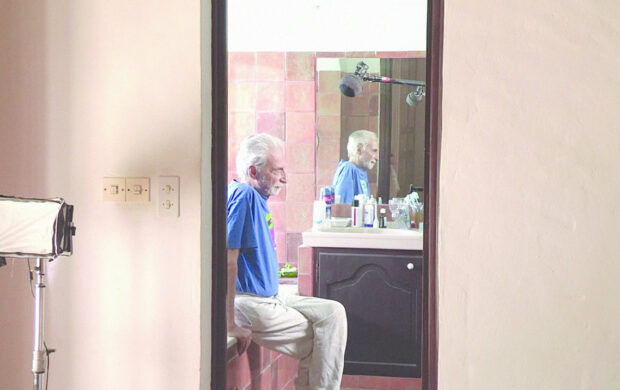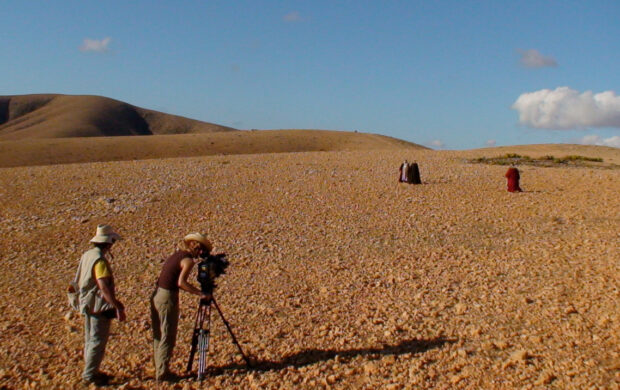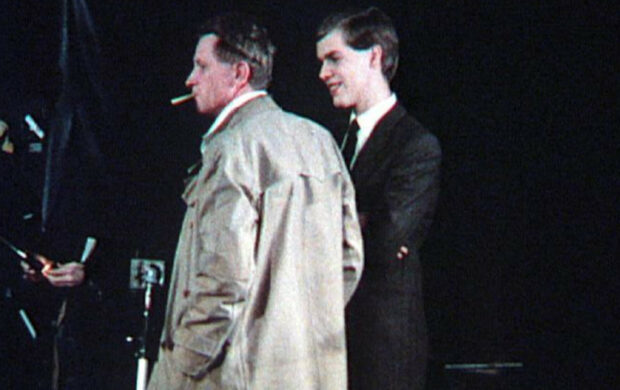I Had Nowhere to Go
- 2016
- Germany
- 100 minutes
- English
Telling the story of Mekas, the founder of Anthology Film Archives, in New York, means to reflect on the history of avant-garde cinema in which Mekas is a key figure, and introduce Gordon’s own aesthetic decisions to its imperatives – the rejection of linear narrative, persistent sound/image correspondence, suppressing the darkness that lies between the frames. As such, the work reflects the historical position of Gordon’s own œuvre. […] In historical terms, the diaristic passages read in the film describe Mekas’s life as a teenager in occupied Lithuania during World War II. Focusing on the memory of the war as told by a bodiless voice enables Gordon’s work to raise the question regarding the (un)representability of the catastrophe of the war, and furthermore, to participate in the cinematic discussion initiated by Claude Lanzmann’s 1985 film Shoah, which avoided using archival images of World War II in favor of spoken testimonies. […] Following Gordon’s (and Philippe Parreno’s) Zidane: A 21st Century Portrait (2006), I Had Nowhere To Go also continues the artist’s practice as an innovative, and to some extent iconoclastic, portraitist. Yet, while Zidane dismantled the persona by means of over-visibility, Gordon’s current film portrait does so by means of under-visibility, which not only obscures appearance on the screen but also questions the viewer’s sense of self and integrity, rendering the differences between history and phenomenology, selfhood and otherness,indiscernible.
Ory Dessau (www.documenta14.de)
- Production : Douglas Gordon, Zeynep Yuecel, Sigrid Hoerner
- Photography : Douglas Gordon
- Sound : Frank Kruse
- Editing : Ninon Liotet
- Music : Tôru Takemitsu
- Narration : Candace Laughlin
- Print contact : Centre National des Arts Plastiques, ruth.peer@culture.gouv.fr




